Class 3 Exam > Class 3 Notes > Year 3 Science IGCSE (Cambridge) > Chapter Notes: Staying Alive
Staying Alive Chapter Notes | Year 3 Science IGCSE (Cambridge) - Class 3 PDF Download
| Table of contents |

|
| Human Organs |

|
| Animal Groups and Different Life Cycles |

|
| Food Chains |

|
| Fossils |

|
Human Organs
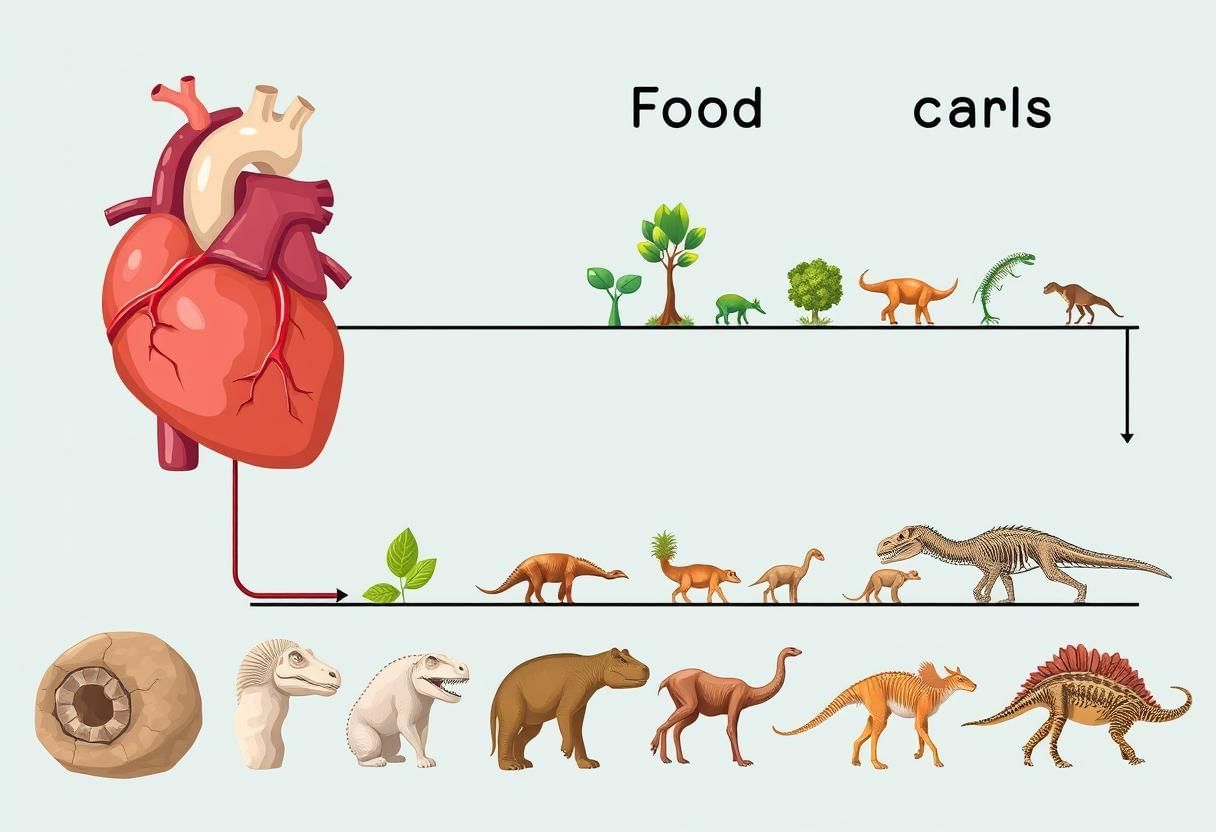 Life's Interconnectedness
Life's Interconnectedness
Your Heart.
- The heart is a muscular organ that pumps blood throughout the body via blood vessels.
- With each beat, the heart pushes blood, delivering oxygen and nutrients to the body. During exercise, the heart rate increases to supply more oxygen.
- To maintain a healthy heart, it is essential to have a balanced diet and engage in regular physical activity.
- The pulse felt in the wrist corresponds to heartbeats, allowing for the measurement of heart rate.
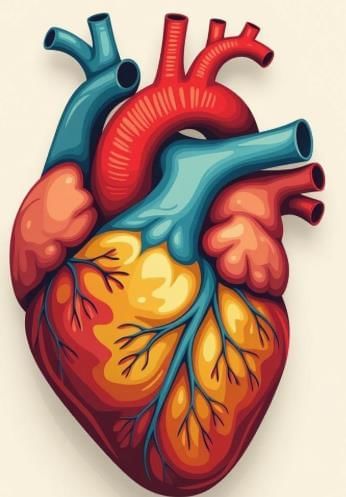
Your Lungs.
- The lungs are responsible for taking in oxygen from the air. When you breathe in, the lungs expand, allowing oxygen to enter the bloodstream. During physical activity, the body requires more oxygen, leading to an increased breathing rate.
- Children have smaller lungs compared to adults, which is why they tend to breathe more quickly to obtain sufficient oxygen.
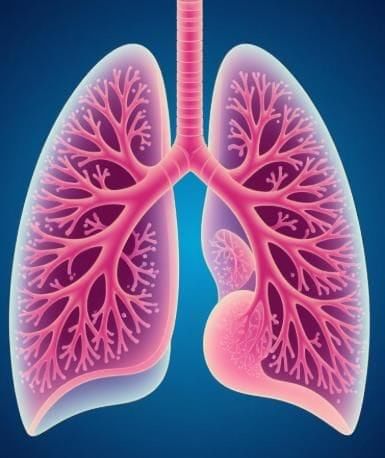
Your Stomach and Intestines.
- The stomach and intestines play a crucial role in processing food and absorbing nutrients. Nutrients are vital for growth, bodily functions, and overall health.
- Any waste that the body does not need is expelled from the intestines as feces.
Your Brain.
- The brain continuously receives information from the body’s senses and processes it. This processing enables thinking, speaking, writing, and movement.
- The brain is essential for communication, problem-solving, playing games, and learning, including subjects like mathematics.
- Challenging the brain through effort and learning new things can enhance its abilities, even if mistakes are made along the way.
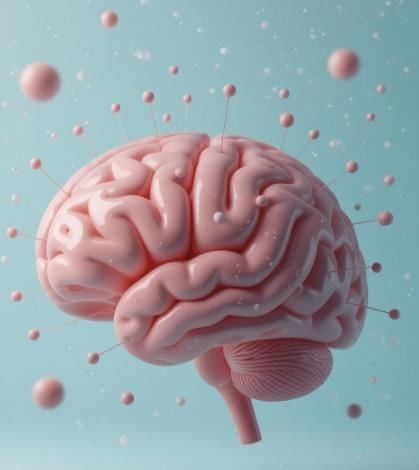
Animal Groups and Different Life Cycles
Scientists Put Animals into Groups.
- Animals are categorized based on common traits such as the presence of eyes, claws, or horns.
- They are further divided into warm-blooded animals, which maintain a constant internal body temperature, and cold-blooded animals, whose body temperature varies with the environment.
- The six major groups of animals are:
- Mammals: These animals are warm-blooded, have hair or fur on their bodies, and usually give birth to live young. Examples include humans and elephants.
- Reptiles: Reptiles are cold-blooded, have scales covering their bodies, and typically lay eggs. An example of a reptile is a snake.
- Fish: Fish are cold-blooded animals that live in water. They have gills for breathing and scales covering their bodies. Fish lay eggs. An example is a shark.
- Birds: Birds are warm-blooded animals characterized by feathers covering their bodies. They lay eggs. An example of a bird is an eagle.
- Insects: Insects have a three-part body structure, six legs, and they lay eggs. An example of an insect is a beetle.
- Amphibians: These are cold-blooded animals that can live both on land and in water. They also lay eggs. An example of an amphibian is a frog.
Adult Animals and Their Young.
- Young animals are generally smaller than their adult counterparts and may either resemble their parents closely or look very different.
- For example, polar bear cubs look similar to adult polar bears, while caterpillars bear little resemblance to the butterflies they will eventually become.
Life Cycles.
- A life cycle illustrates the various stages of growth and development that an organism undergoes from birth to adulthood.
- Every animal begins its life as an egg or a baby and goes through a series of changes until it is capable of producing new eggs or young.
- For instance, the life cycle of a chicken involves stages from egg to chick to adult chicken, with distinct physical transformations at each stage.
- Similarly, human life cycles consist of five stages: baby, child, teenager, adult, and elderly, each marked by specific changes.
Life Cycle of a Frog.
- Tadpoles, the young of frogs, are initially very different from adult frogs.
- Frogs lay eggs that hatch into tadpoles, which initially have a body structure resembling a fish with a tail but no legs.
- As tadpoles grow, they develop legs and gradually lose their tails, undergoing a transformation into froglets, which are small versions of adult frogs.
- The life cycle of a frog includes the stages of egg, tadpole, tadpole with legs, froglet, and finally, adult frog.
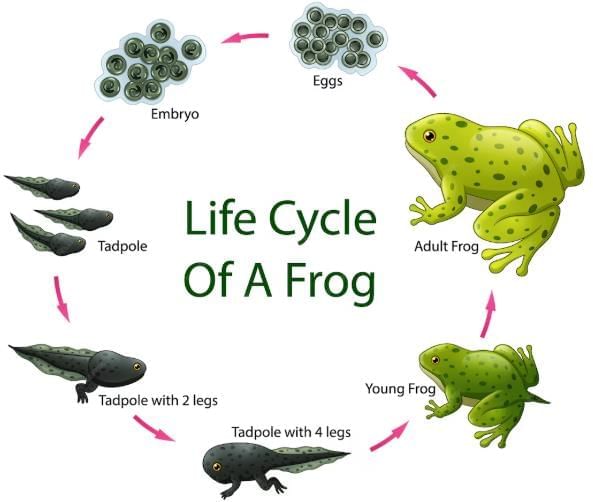
Food Chains
- A food chain illustrates the relationship between living organisms in terms of their dependence on one another for food and energy.
- In a food chain, plants, such as seaweeds, are called producers because they create their own food using sunlight through a process known as photosynthesis.
- Animals are referred to as consumers because they cannot produce their own food and must eat other living things to obtain energy.
- Different animals have different diets: some are herbivores (eating only plants), some are carnivores (eating only other animals), and some are omnivores (eating both plants and animals).
- The arrows in a food chain indicate the direction of energy transfer from one organism to another. For example, in a food chain, corn may be shown as a producer, a mouse as a primary consumer, and a cat as a secondary consumer.
- Food chains can be represented using pictures or words along with arrows to show the sequence of energy transfer between organisms.
Fossils
- Fossils are the remains or imprints of organisms that lived in the past, preserved in rock. For example, a Pterodactyl fossil dates back 150 million years.
- Fossils form when the hard parts of a dead organism are buried in mud, creating a lasting impression. They can include various organisms like the first bird (Archaeopteryx), dragonflies, dinosaur eggs, fish, and leaves.
- Most fossils are found deep underground, but erosion can bring them to the surface. Scientists excavate fossils carefully using small tools to avoid damaging them.
A Different Type of Fossil.
- Some fossils form differently, such as insects trapped in tree gum (amber) which preserves them clearly.
Finding Out About Mary Anning.
- Mary Anning was a famous fossil collector from England who discovered many fossils by the sea over 200 years ago.
- During her time, most scientists were men, making her achievements impressive.
- She often found fossils with her father and dog Tray, contributing to the understanding of prehistoric life.
The document Staying Alive Chapter Notes | Year 3 Science IGCSE (Cambridge) - Class 3 is a part of the Class 3 Course Year 3 Science IGCSE (Cambridge).
All you need of Class 3 at this link: Class 3
|
20 docs|7 tests
|
FAQs on Staying Alive Chapter Notes - Year 3 Science IGCSE (Cambridge) - Class 3
| 1. What is a life cycle diagram and how does it help in understanding biological processes? |  |
Ans. A life cycle diagram is a visual representation that outlines the stages an organism goes through from birth to death. It helps in understanding biological processes by illustrating the changes that occur over time, making it easier to grasp concepts such as growth, reproduction, and development in various species.
| 2. What are the different types of fossils and how do they contribute to our understanding of life on Earth? |  |
Ans. There are several types of fossils, including body fossils, trace fossils, and chemical fossils. Body fossils preserve parts of the organism, trace fossils record activities like footprints, and chemical fossils consist of organic molecules. Together, they provide insights into the diversity of life, evolutionary changes, and the environmental conditions of past eras.
| 3. How can studying life cycles enhance our knowledge of ecosystem dynamics? |  |
Ans. Studying life cycles helps us understand how different organisms interact within ecosystems, including their roles as producers, consumers, and decomposers. By knowing the life stages of organisms, we can better appreciate their ecological relationships and the balance of ecosystems, which is crucial for conservation efforts.
| 4. Why is it important to learn about the life cycles of different species? |  |
Ans. Learning about the life cycles of different species is important because it allows us to understand their specific needs, reproductive strategies, and the challenges they face in their environments. This knowledge is essential for effective wildlife management, conservation, and predicting how species might respond to environmental changes.
| 5. How do life cycle diagrams relate to the concept of evolution? |  |
Ans. Life cycle diagrams relate to evolution by illustrating how species develop and change over generations. They provide a framework for understanding evolutionary adaptations and the continuity of life, showing how certain traits are passed down and modified in response to environmental pressures over time.
Related Searches















